Research: Andean bears leave obvious signs of their presence in the form of climbing or scratch marks on trees, tracks on trails, scats, and remains of consumed foods, such as pieces of Bromeliads or palms. Many researchers have used this sign to document their diverse array of dietary items and to record their presence. Presence data have been used to map the borders of patches where Andean bears occur, and to identify habitat variables associated with use and suitability. In some cases, habitat-based models have been employed to project distribution over a large area.
Several researchers have made use of the distinctive facial and chest markings to identify individual bears in camera trap photos, but only a few studies have been able to derive empirical density estimates. Some researchers have investigated the accuracy and consistency of human observers in distinguishing individuals by their markings, and how these markings relate to the bears’ age.
A few recent studies have examined aspects of behavior and natural history of this species, such as scent marking, den site selection, and timing of reproduction. However, such studies have been limited to a small number of sites. Likewise, only a few studies have employed radio-collars on Andean bears to assess their activity patterns, movements and home range size, with occasional additional information gained on natal den sites and reproduction.
Andean bear genetics has attracted some attention, but results have been equivocal insofar as defining population units and possible subspecies.
Limited research has focused on the causes and ramifications of human–bear conflicts, with an effort towards learning how to reduce such conflicts. Some projects have implemented participatory monitoring with local communities.
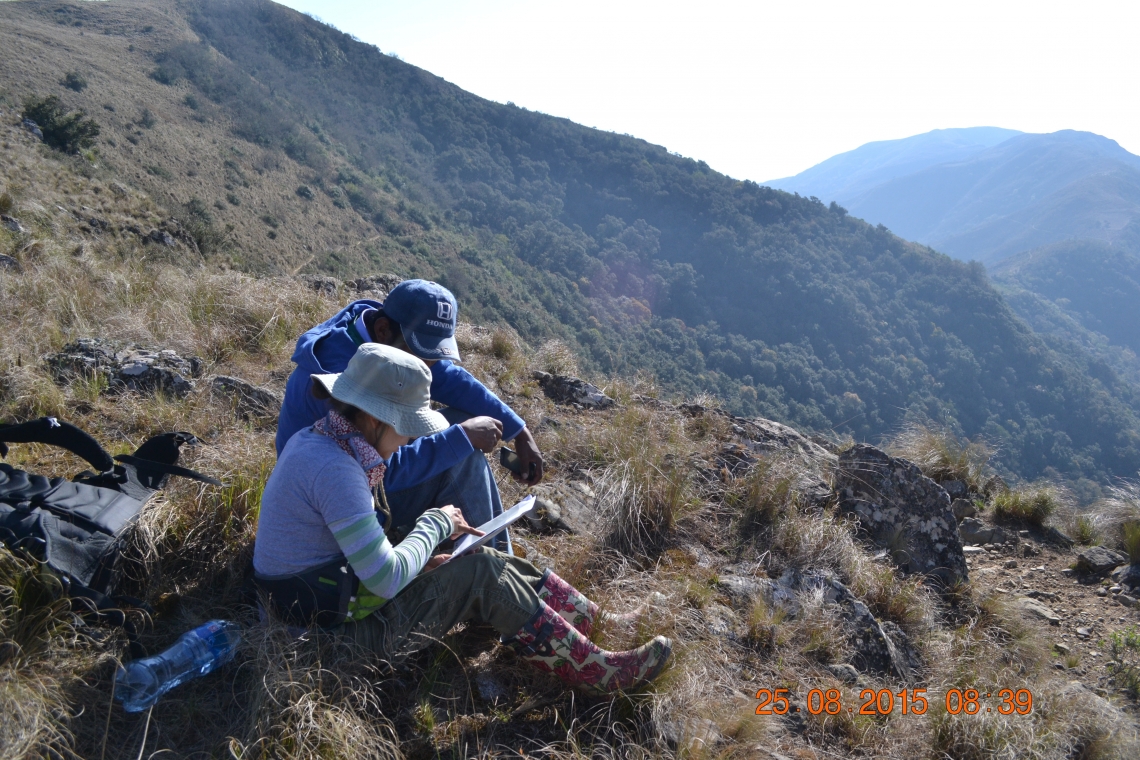
Andean bear T ornatus_Bolivia_researchers consulting map_Ximena Vélez-Liendo

Andean bear_T ornatus_southern Bolivia_camera trapping to distinguish individual by facial markings_Ximena Velez-Liendo
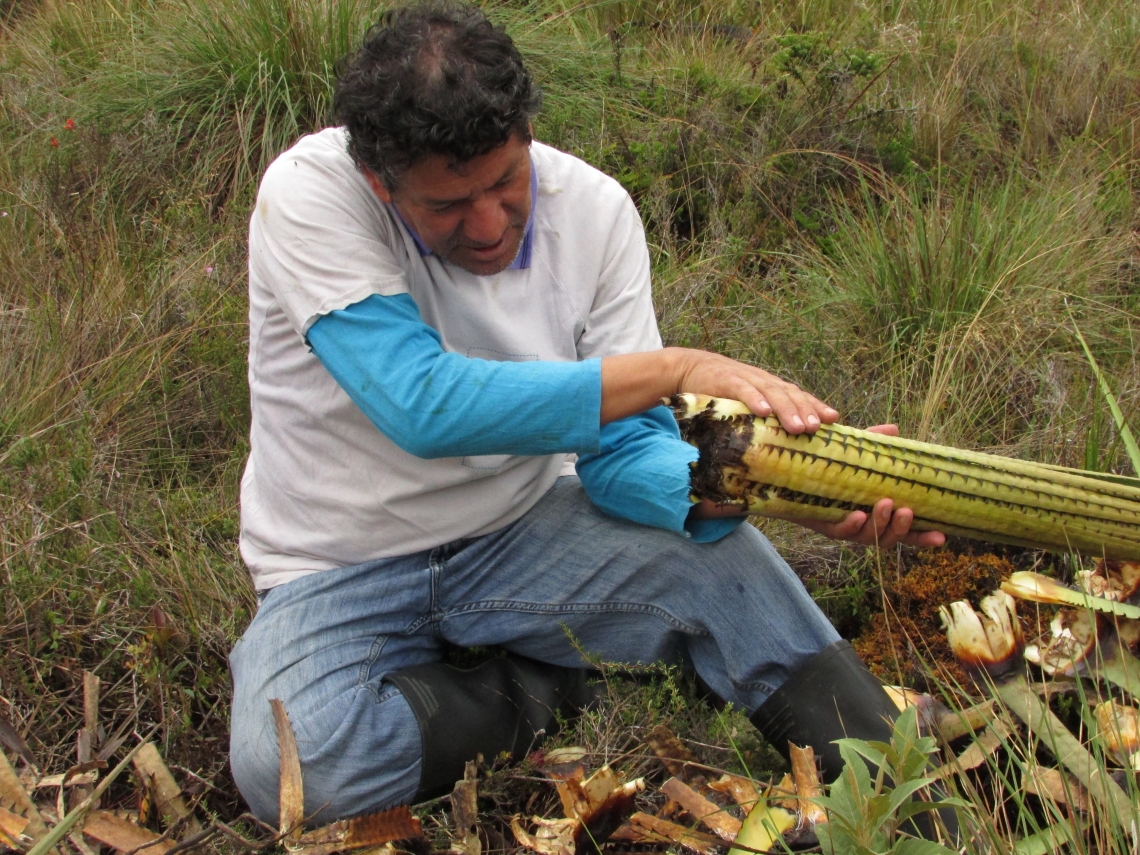
Andean bear_T ornatus_Colombia_Daniel Rodriguez with foraged terrestrial bromeliad_Fundación Wii-Corpoboyaca-Colombia
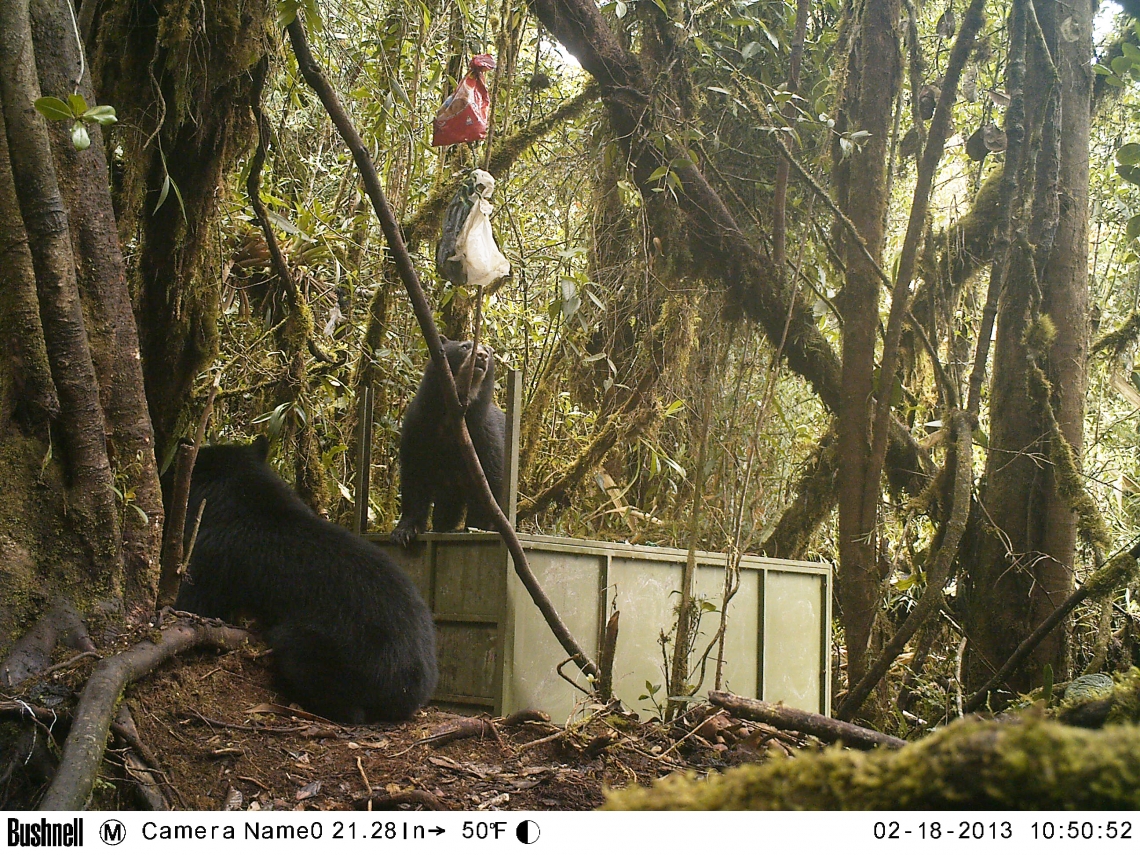
Andean bear_T ornatus_Colombia_adult female with subadult at box trap_Fundaciòn Wii-Nexen-Corpoguavio-Colombia
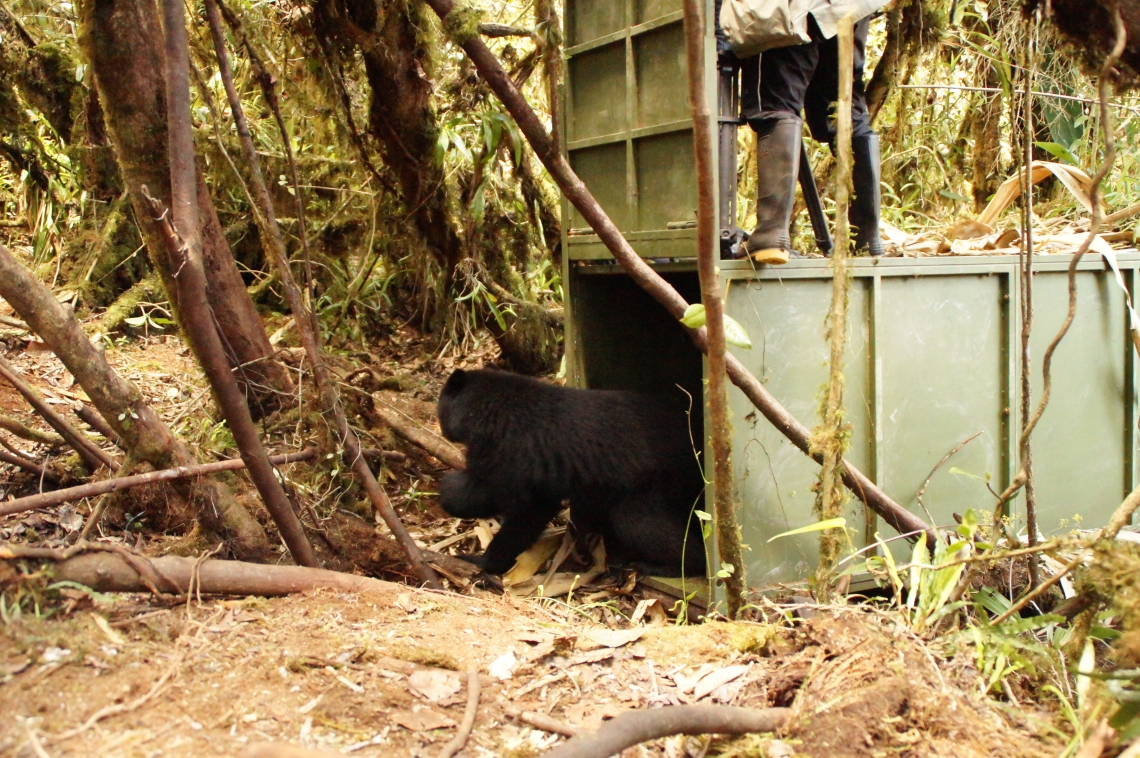
Andean bear_T ornatus_Colombia_releasing bear from box trap_Nicolás Reyes-Amaya Fundación Wii
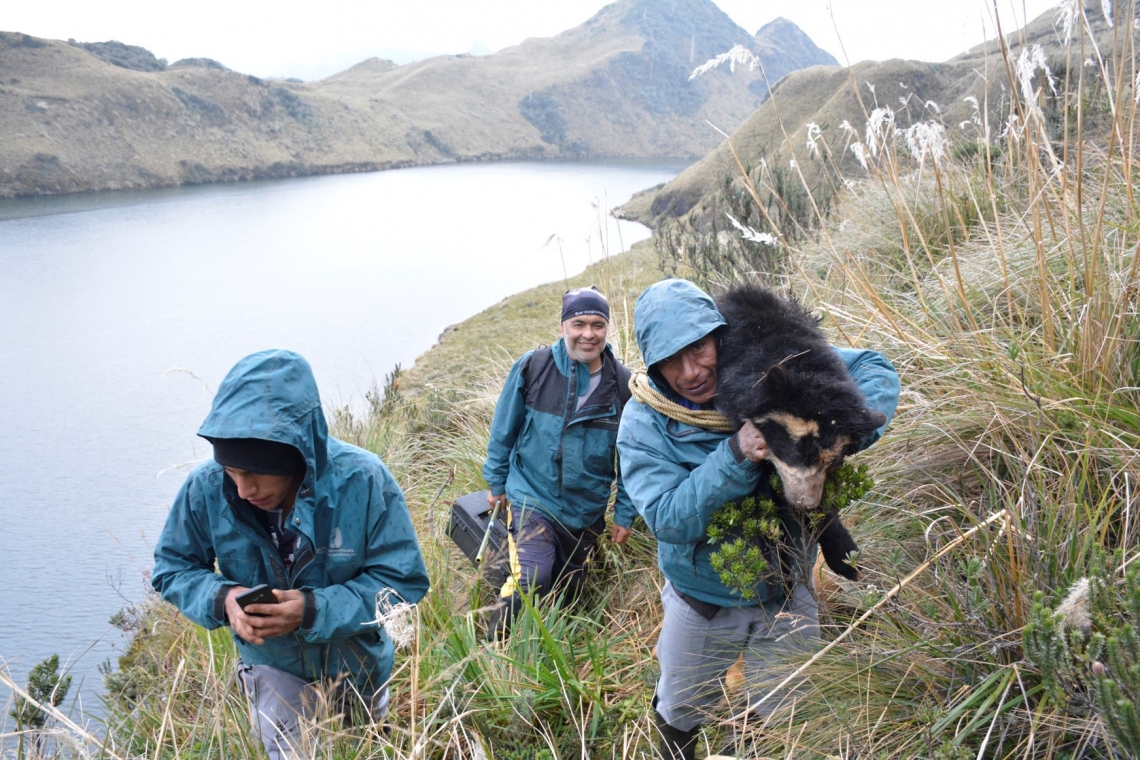
Andean bear_T ornatus_Cayambe Coca National Park_Ecuador_anesthetized subadult female bear_Mario Pillajo
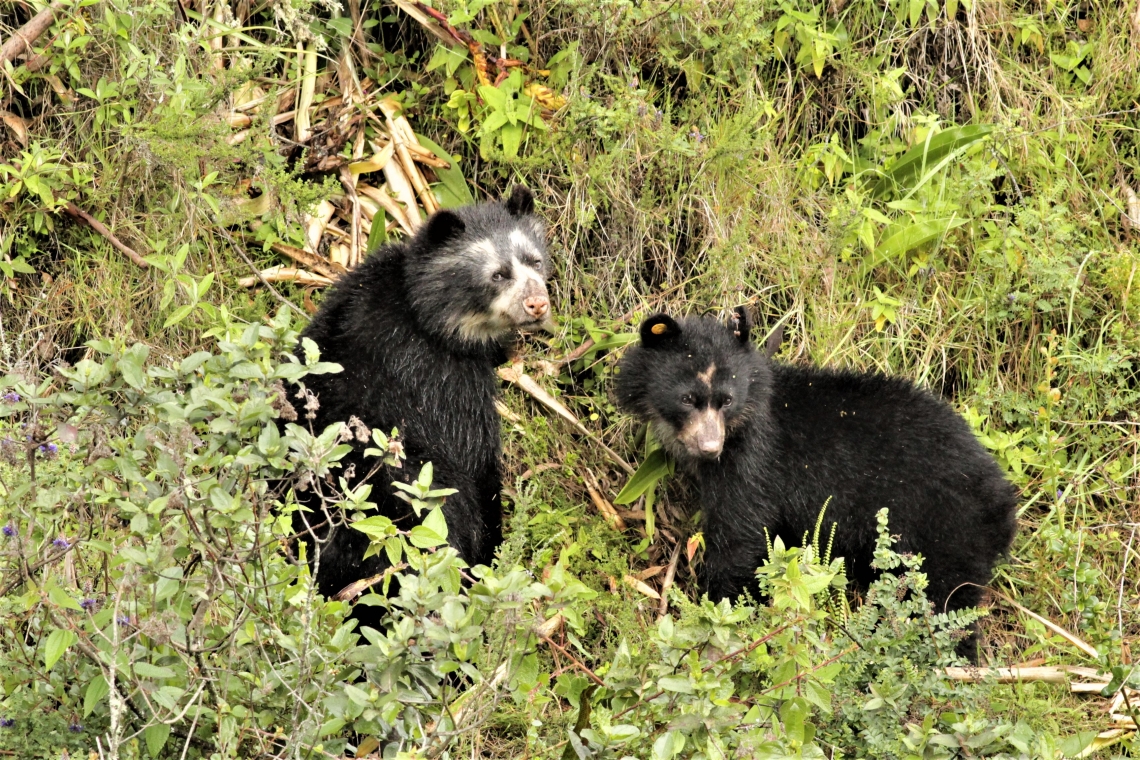
Andean bear_T ornatus_Angochagua Imbabura province, northern Ecuador_Radio-collared mother and tagged offspring_Andres Laguna
Conservation actions: A total of 58 protected areas have been established across the Andean bear distribution, but threats remain within their boundaries as most of these areas are no more than “paper parks” lacking an adequate budget and staff. Although efforts to establish, maintain and connect old and new protected areas along the bear’s range have been carried out (e.g., Vilcabamba-Amboro corridor between Peru and Bolivia and the interconnected system of protected areas in the Venezuelan Andes), large portions of the bear’s habitat are still unprotected and poaching has not been controlled.
A number of important steps towards Andean bear conservation have been undertaken. (1) Promotion of Andean bear conservation by local education programs and research projects carried out by conservation groups, non-governmental organizations, zoological parks, universities, research institutes, and government agencies. (2) Publication of national action plans for Venezuela, Colombia, Ecuador, and Peru, and a national assessment for Bolivia. (3) Development of resources for the identification of human–bear conflict and suggestions for its management.
Nevertheless, more work is needed to implement robust conservation actions. Many of the priority actions highlighted by the national conservation action plans have not been undertaken. Information is lacking on population sizes, connectivity, and limiting factors. Much uncertainty exists in terms of effects of climate change on fragile habitats. More work is needed to reduce human–bear conflicts. Finally, it is important to support effective management of existing protected areas and encourage conservation initiatives to focus on a more holistic and creative approach with local communities to jointly consider the needs of Andean peoples and Andean bears.
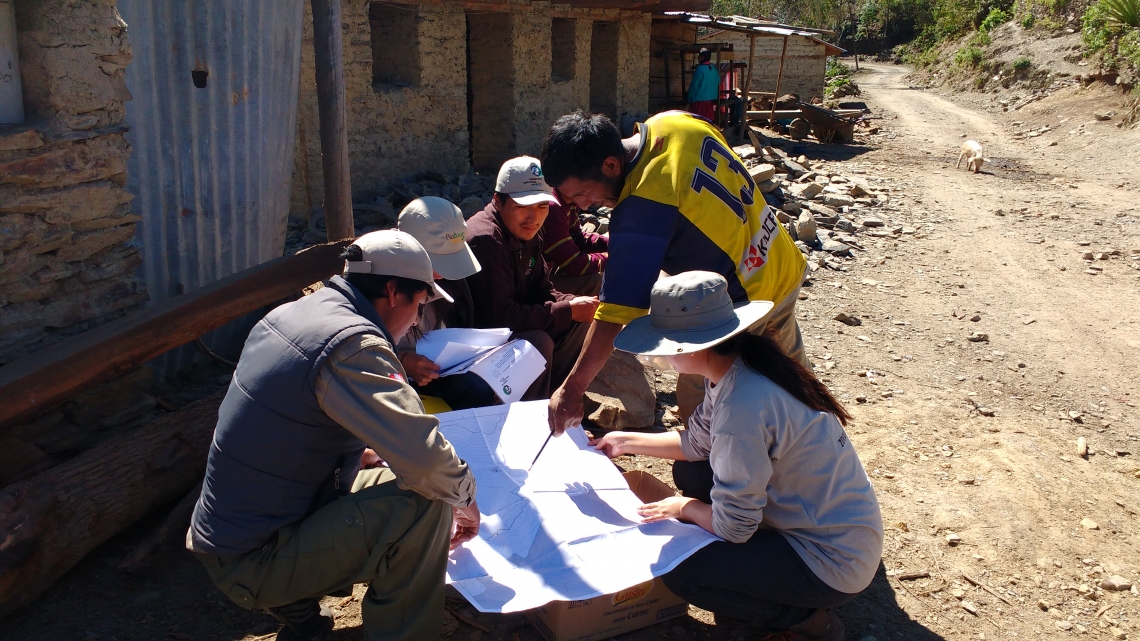
Andean bear_T ornatus_Cusco Peru_community planning_Félix Mejía and Frankfurt Zoological Society Peru
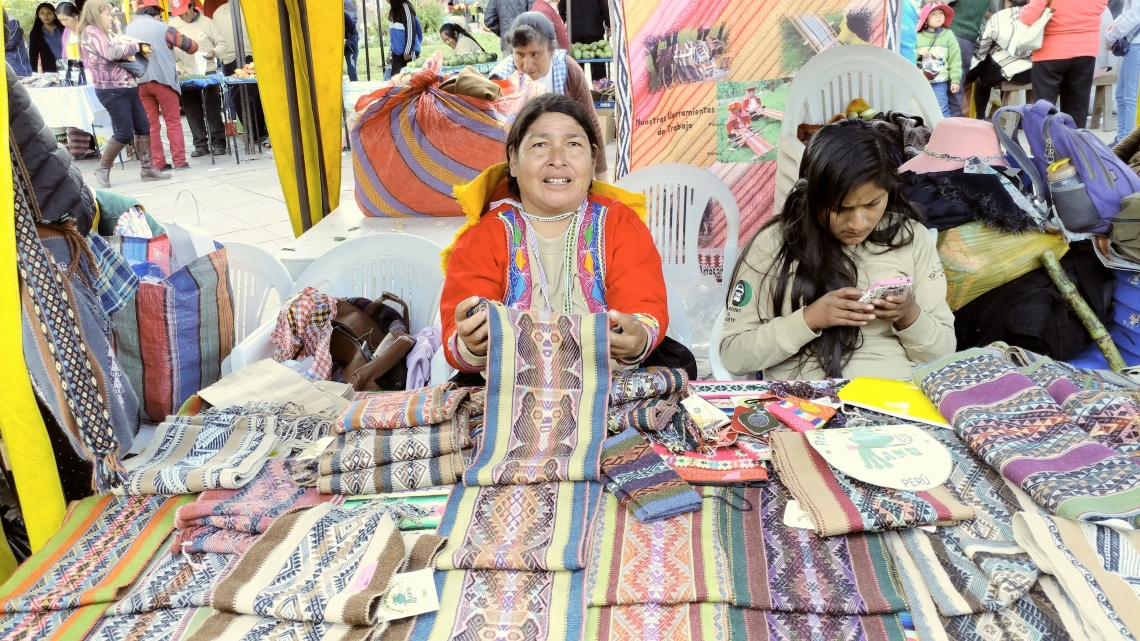
Andean bear_T ornatus_Cusco Peru_conservation commerce traditional textiles_Julio C Ramos and Frankfurt Zoological Society Peru
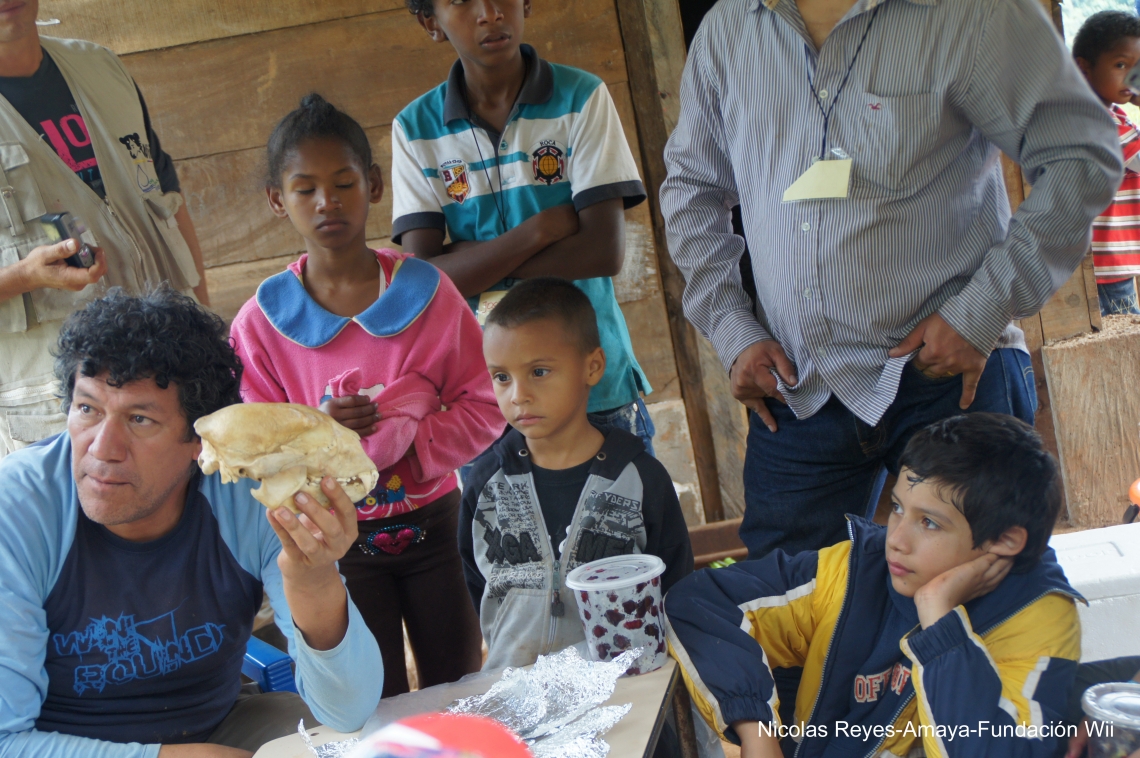
Andean bear_T ornatus_El Cinco Manaure Cesar Perija_Colombia_bear workshop with children_Nicolas Reyes-Amaya-Fundación Wii
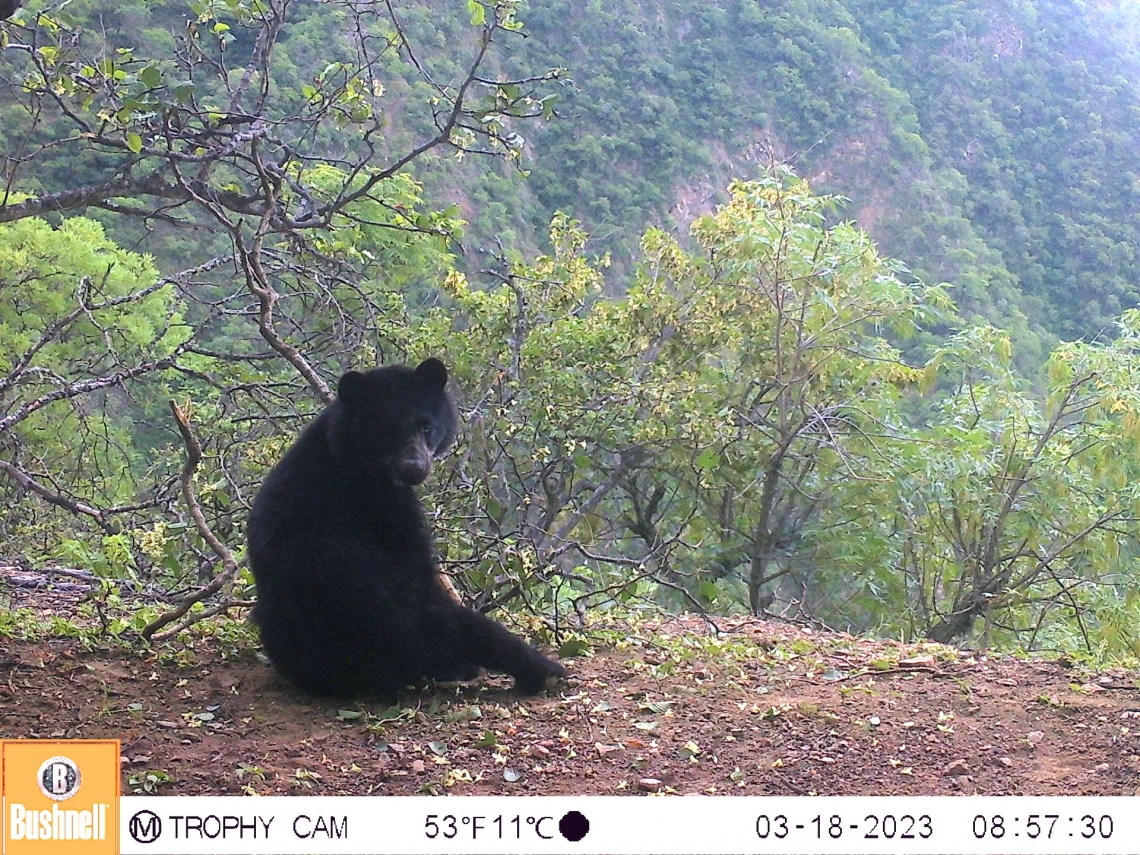
Andean bear_T ornatus_southern dry forest Bolivia_increasing population on community lands due to promotion of coexistence_Ximena Velez-Liendo

Andean bear_T ornatus_Manaure Cesar Perija Colombia_field workshop with children_Nicolas Reyes-Amaya-Fundación Wii

Andean bear_T ornatus_Manaure Cesar Perija Colombia_workshop with school children_Daniel Rodriguez-Fundación Wii